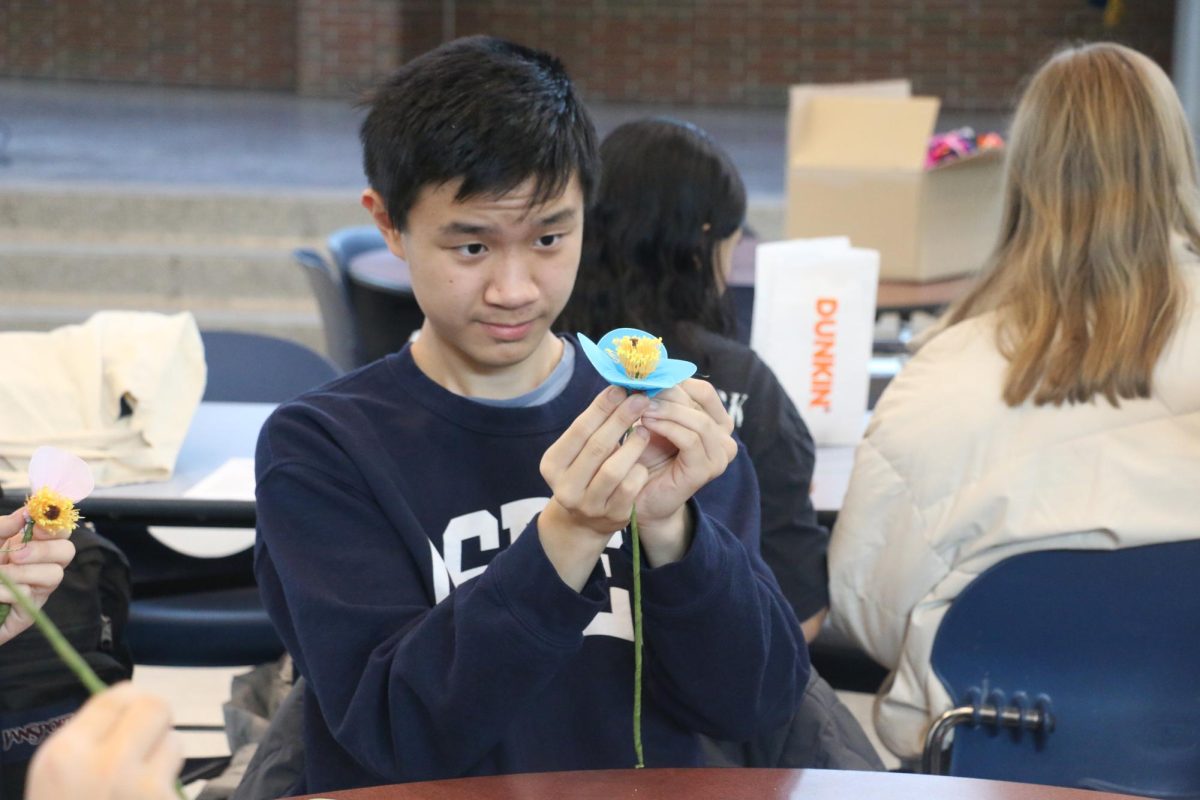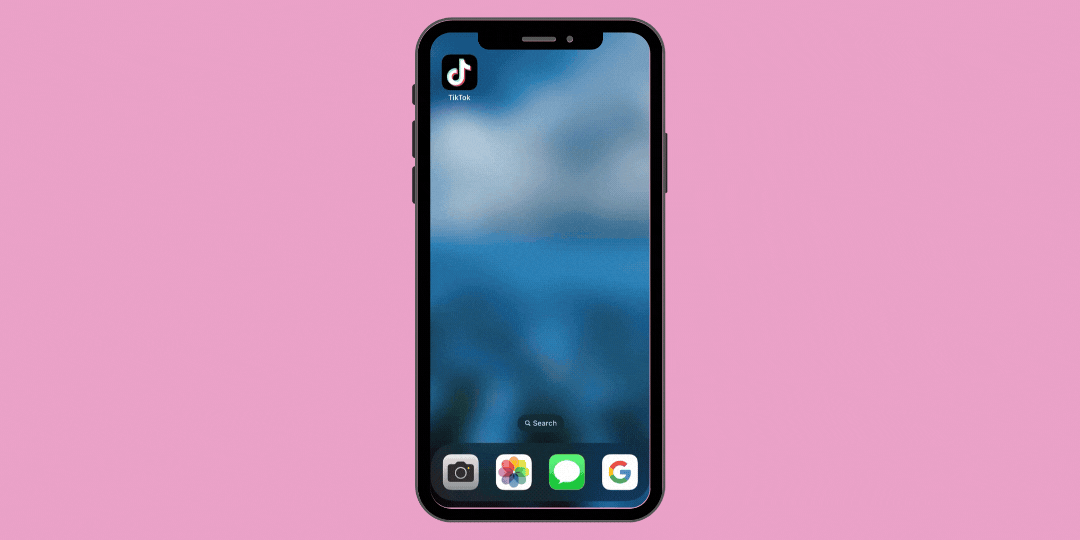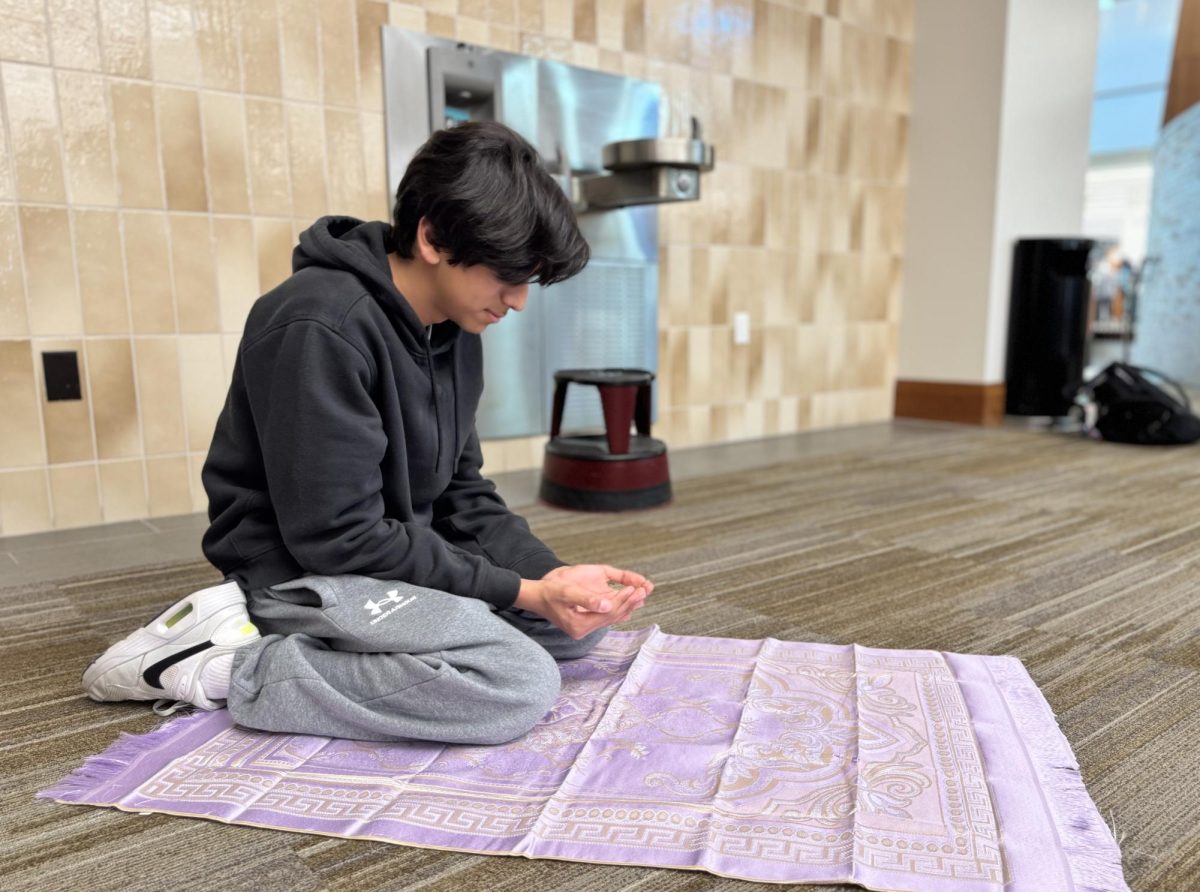According to a recent study, mothers enable their daughters to develop tanning addiction
By Olivia Walker
For many teenage girls throughout the Midwest, nothing is more desirable than a “killer tan.” However, many of these tanners are oblivious to the fact that their efforts to achieve that dark brown glow are in turn killing them. More and more studies are coming to light about the disastrous effects of sun tanning and sun tanning booths, but these findings are coupled with spikes in the sun tanning salon business as well, particularly due to their teenage patrons. According to a 2006 Time article, an estimated 2.3 million teens visit a tanning parlor at least once a year, making tanning salons a $5-billion-a-year business.

In addition, similar statistics list one of the factors of these rising rates as motherly influence. A study done in January 2011 for Teen Vogue said 40 percent of teen girls who regularly tan are first exposed to tanning by their mothers. For senior Hannah Runge, who has her own tanning booth in her basement, these statistics ring true. According to Runge, whose aunt owns her own tanning salon, had it not been for her aunt and mother, she would not have started sun tanning regularly.
“If my mom hadn’t have bought that tanning booth I wouldn’t be tanning. I wouldn’t care enough to go out and pay money to get a tan,” Runge said.
For dermatologists, it is not surprising to think of mothers as the gateway drug to a heavy suntan addiction. Underage teenagers are more likely to rely on their mothers for money, rides and other things that are necessary to tan. In addition, many tanning salons have put in place an age limit which requires girls under 18 to provide parental consent before they can enter the tanning booth.
Andrea Schroeder, a Physician Assistant at Shideler Dermatology, also attributes to mothers introducing their daughters to sun tanning early as a result of their generation’s mind set about UV rays.
“As someone who myself, as a teenager and younger child, I would go lay out with my mom on the back deck I do think that some of that gets passed along as whatever your parent did you’re going to want to do,” Shroeder said. “I do think that, unfortunately, back in their days it wasn’t as much of an issue. They didn’t really even have sunscreen growing up, so they don’t even see tanning as a harmful thing. I do think that future generations, as we get better and better at educating about the dangers, will be less likely to do it now that they know the risks. Whereas this generation’s mothers, growing up they probably did not think too much of it causing problems or things like that. I can believe that, but at the same time I think a lot of it comes from the media or just from peers.”
Someone who can relate to that is sophomore Katie Clark. Although Clark said she uses her mom for rides and money to pay for her sun tanning habit, she said she was more influenced by her own desire to suntan than her mother’s influence.

“I started tanning because I didn’t want to be pale. My mom doesn’t like that I go tanning, but she supports me by taking me and giving me money. She’s against it though,” Clark said.
Regardless of which generation that provided the impact, it is still this generation that is seeing the effects. In June 2010, the New York Times estimated that 3.5 million new cases of superficial but often disfiguring skin cancers, including 68,720 melanoma cases, would be diagnosed that year.
Although the dangers are clear, many teens are still taking the risks associated with tanning. For many teens, sun tanning can appear to be a perfectly safe practice, just as long as the user does not “over tan”. However, just like the tan that sun booths provide, appearances are not always as they seem. Harboring the belief that they are tanning wisely, many teens, like Runge, feel safe using tanning booths.
“My dad has had spots removed, he’s a redhead, so I feel like for me especially it would be really bad if I did it on a regular basis. Maybe three times a week. Now that cheer is over I won’t tan again until spring break, so I don’t feel like I do it enough to have a problem.”































![AI in films like "The Brutalist" is convenient, but shouldn’t take priority [opinion]](https://hilite.org/wp-content/uploads/2025/02/catherine-cover-1200x471.jpg)













































![Review: “The Immortal Soul Salvage Yard:” A criminally underrated poetry collection [MUSE]](https://hilite.org/wp-content/uploads/2025/03/71cju6TvqmL._AC_UF10001000_QL80_.jpg)
![Review: "Dog Man" is Unapologetically Chaotic [MUSE]](https://hilite.org/wp-content/uploads/2025/03/dogman-1200x700.jpg)
![Review: "Ne Zha 2": The WeChat family reunion I didn’t know I needed [MUSE]](https://hilite.org/wp-content/uploads/2025/03/unnamed-4.png)
![Review in Print: Maripaz Villar brings a delightfully unique style to the world of WEBTOON [MUSE]](https://hilite.org/wp-content/uploads/2023/12/maripazcover-1200x960.jpg)
![Review: “The Sword of Kaigen” is a masterpiece [MUSE]](https://hilite.org/wp-content/uploads/2023/11/Screenshot-2023-11-26-201051.png)
![Review: Gateron Oil Kings, great linear switches, okay price [MUSE]](https://hilite.org/wp-content/uploads/2023/11/Screenshot-2023-11-26-200553.png)
![Review: “A Haunting in Venice” is a significant improvement from other Agatha Christie adaptations [MUSE]](https://hilite.org/wp-content/uploads/2023/11/e7ee2938a6d422669771bce6d8088521.jpg)
![Review: A Thanksgiving story from elementary school, still just as interesting [MUSE]](https://hilite.org/wp-content/uploads/2023/11/Screenshot-2023-11-26-195514-987x1200.png)
![Review: "When I Fly Towards You", cute, uplifting youth drama [MUSE]](https://hilite.org/wp-content/uploads/2023/09/When-I-Fly-Towards-You-Chinese-drama.png)
![Postcards from Muse: Hawaii Travel Diary [MUSE]](https://hilite.org/wp-content/uploads/2023/09/My-project-1-1200x1200.jpg)
![Review: "Ladybug & Cat Noir: The Movie," departure from original show [MUSE]](https://hilite.org/wp-content/uploads/2023/09/Ladybug__Cat_Noir_-_The_Movie_poster.jpg)
![Review in Print: "Hidden Love" is the cute, uplifting drama everyone needs [MUSE]](https://hilite.org/wp-content/uploads/2023/09/hiddenlovecover-e1693597208225-1030x1200.png)
![Review in Print: "Heartstopper" is the heartwarming queer romance we all need [MUSE]](https://hilite.org/wp-content/uploads/2023/08/museheartstoppercover-1200x654.png)

